Have you ever wondered what happens to the famous cities and towns in Europe after the holiday season? Do they completely shut down or do they transform into a winter paradise?
Well, the answer lies in the charming winter festivals and quiet beauty that await you in Europe in January.
Many towns and cities host various winter festivals, with markets, food, and drink. Just like the famous Christmas markets in schengen countries, where you can try poutine and butter tarts while browsing through shops selling handmade art crafts and scarves.
Tourists will also get the opportunity to ice-skate, ski, or simply enjoy warm hot chocolate or coffee in a cozy cafe. which are some of the best things to do in Austria. But which city should you visit?
Do you have anything in mind? If you do not have it, it is completely fine.
In this blog, we will discuss some of the famous towns and cities in Europe that you must visit in winter.
We have created a list of the top cities, and you can go through each one and find out which ones you want to add to your travel itinerary. All right, let’s get started.
Europe’s Top Enchanting Winter Destinations
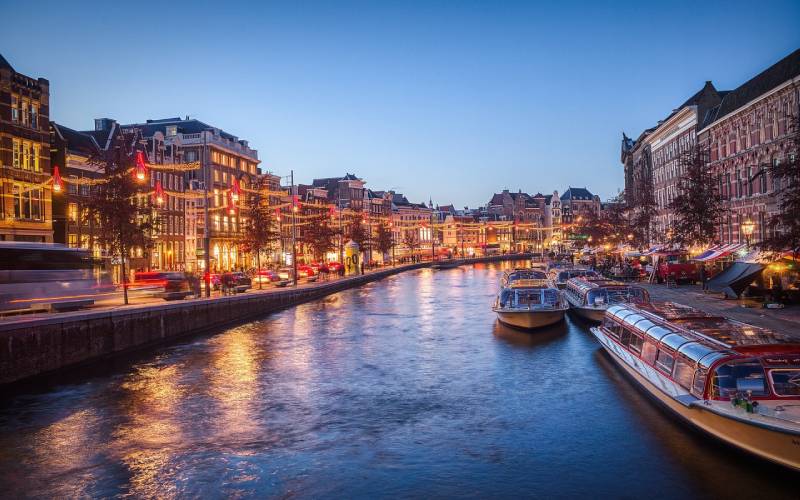
⊛ Amsterdam, Netherlands
The city is known to captivate visitors throughout the year, but in January, it truly comes alive in a magical way. The bustling summer crowds have now dissipated, giving you the opportunity to explore the charming canals and streets.
Make sure to also visit the annual Amsterdam Light Festival, where the city waterways are illuminated with a mesmerizing display of light art. This is one of the best experiences in Netherlands in January.
⊛ Reykjavik, Iceland
It is one of the coldest destinations on our list and offers a unique and unforgettable experience. The capital city serves as the gateway to national wonders of Iceland, from the stunning Blue Lagoon thermal baths to the mesmerizing Northern Lights.
You can also take advantage of the extended darkness of the winter months to increase your chances of watching the aurora borealis.
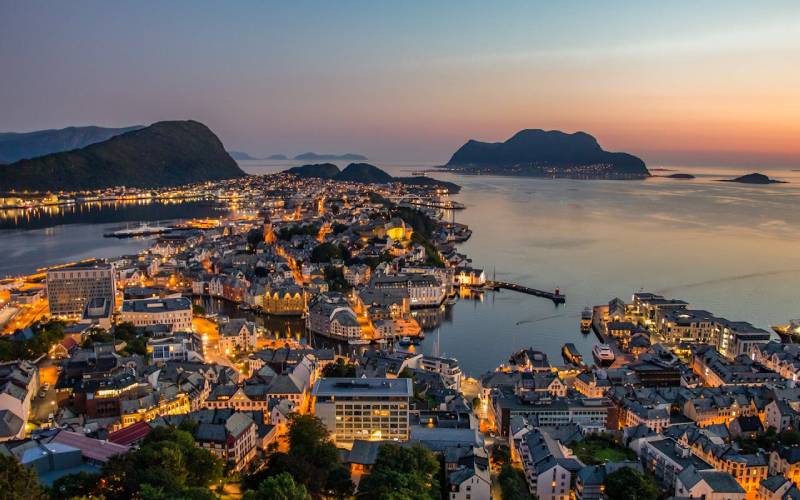
⊛ Zermatt, Switzerland
For the ultimate winter wonderland experience, we will recommend visiting this Swiss town. It is situated at the base of the iconic Matterhorn Mountains.
You can try skiing and snowboarding on fresh powder with lesser crowds on the slopes. You can also visit one of the charming alpine restaurants to sip a warm cup of hot chocolate while absorbing the breathtaking views.
⊛ Ålesund, Norway
This picturesque little Norwegian town, with its distinctive Art Nouveau architecture and stunning fjord setting, is a winter paradise.
In January, Ålesund transforms into a snowy oasis, where you can try out a variety of outdoor activities like cross-country skiing, snowshoeing, and winter kayaking. It is also one of the best times to visit the fjords, as the fjords have warmer temperatures than the inland areas.
After spending a day in the crisp, fresh air, you can relax in one of the charming wooden cafes and pubs.You can easily access this place through one of the airports in Norway.
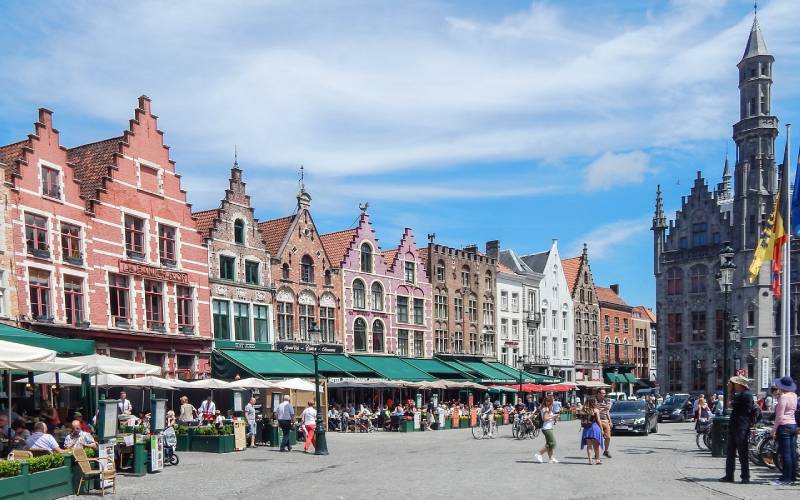
⊛ Bruges, Belgium
Popularly known as the Venice of the North, this medieval gem shines even brighter in the winter months. Travelers can explore the beautiful stone streets, admire the charming canals, and also try hot chocolate and waffles.
While visiting this place, be sure to visit the enchanting Winter Glow Festival. It will feature mesmerizing ice and snow sculptures, transforming the historic town into an enchanting place. From Belgium, you can easily explore France in winter.
⊛ Hallstatt, Austria
Every Austria travel guide would point out to Hallstatt. This quaint little hamlet is between the Dachstein Mountains and the Hallstätter See Lake. But in January, this UNESCO World Heritage site will transform into a tale from the past.
With 12th-century churches, candlelight dinners, and a market square dusted with a layer of white snow, it is a sight for sore eyes.
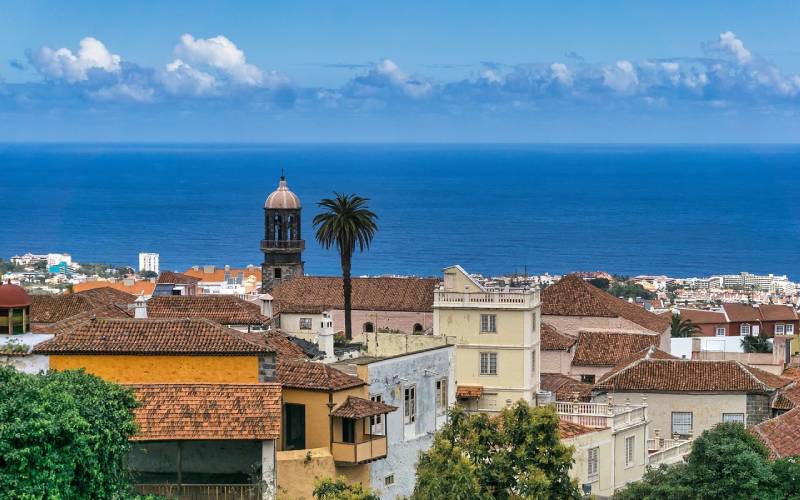
⊛ Tenerife, Canary Islands
For a dose of winter sun and warmth, head to this place. The Europe temperature in January here is pretty comfortable at around 65°F (18°C).
While the rest of Europe is in the grip of winter, visitors to the Canary Islands can enjoy beautiful beaches, lush forests, and volcanic landscapes. Do not miss the vibrant Three Kings Parade, a celebration of Epiphany that brings the streets of Tenerife to life.
⊛ Edinburgh, Scotland
The capital city of the “Land of the Cakes” is a sight to behold in January, when the historic streets and landmarks are adorned with a winter dusting. Visitors can explore the imposing Edinburgh Castle, explore the charming old town, and immerse themselves in the lively pubs and cultural scenes.
Be sure to catch the world-famous Hogmanay celebrations, which are a Scottish traditional way to welcome the New Year.
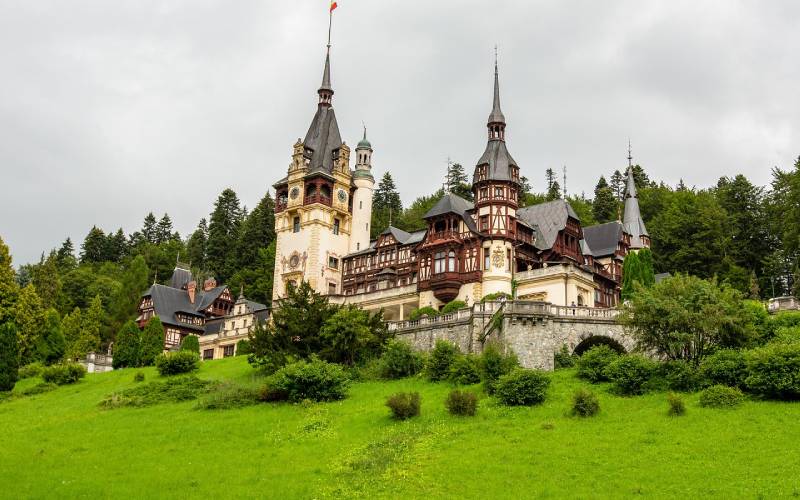
⊛ Transylvania, Romania
Embraced by the Carpathian Mountains, the historic region of Transylvania is a year-round treat, but it takes on an enchanting quality in the winter months. January is the perfect time to explore Gothic castles, dense forests, and medieval towns, all blanketed in a serene layer of snow. Don’t miss the opportunity to visit Bran Castle, the legendary home of Dracula.
⊛ Zakopane, Poland
Situated in the Tatra Mountains, this winter utopia is a prime destination for snow lovers. In January, this Polish resort town becomes a hub of adrenaline-fueled winter sports, from skiing and snowboarding to dog sledding and snowmobiling. In fact, you will find the best ski resort in Europe here.
When you are not on the slopes, you can cozy up in one of the rustic, timber-framed restaurants and enjoy hearty Polish cuisine which is one of the best things to do in Poland. To visit this city, you need to apply for a visa by following the Poland Schengen visa guide.
⊛ Lapland, Finland
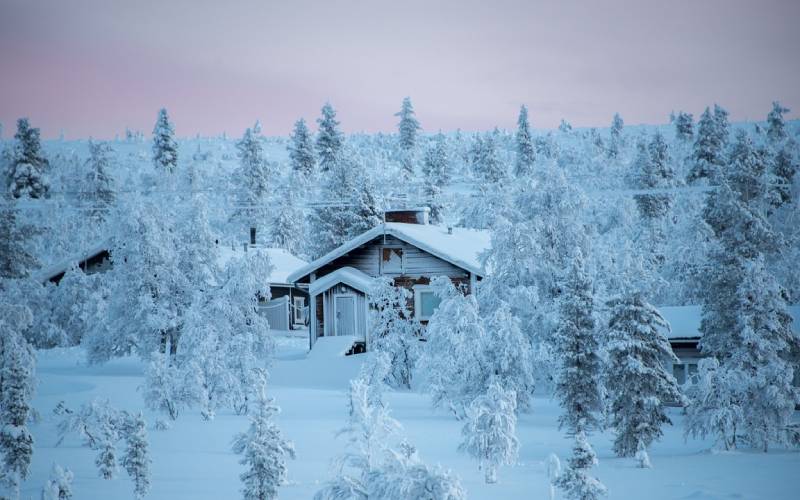
There is something special about winter in the far north. Every January, this arctic paradise transforms into a snow globe, where you can create unforgettable memories.
Not only will you get to meet reindeer up close, but you will also dash through snow on a dog sled. If you are lucky, you might get to bed the mesmerizing Northern Lights dancing across the sky, which is one of the best experiences in Finland.
This is one of the most popular things to do in Europe in January.
Lapland also has some of the best Finland shopping centers where you can indulge in some retail therapy. After a hectic day, you can unwind in a cozy traditional wooden cabin or even within a glass-roofed igloo. These are perfect for spending some quality time with your partner while stargazing.
Expert Tips for Your Winter Holiday in Europe
- Europe weather in January is at its peak, so the temperatures will always be below freezing point. So you must pack warm layers and waterproof gear.
- Some of the most popular places you must visit in Europe on your Schengen visa will host captivating celebrations and festivals, besides New Year’s Eve in Europe traditions.
- But some attractions might have reduced operating hours due to the shortened winter schedule. So you must plan early.
- While exploring the cities, you can always look for cozy indoor activities like thermal baths and charming cafes to enjoy their comfortable atmosphere.
- Be aware of the snow and icy conditions; if you are renting a vehicle, make sure it has winter tyres.
FAQs About Europe in January
Is it cold in Europe in January?
Are there festivals and events in Europe in winter?
Is January a good time to visit Europe?
What should I pack for a trip to Europe in January?
Are there any travel restrictions or visa requirements to consider in the Schengen Area during January?
Conclusion
January is the best time to visit Europe, as you get to experience a serene and magical environment with fewer tourists. In addition to this, the accommodation charges and flight tickets are much cheaper.
Even though we understand that it is not possible to visit all of these places, you can go through each of them and find the ones that resonate with your idea of a perfect vacation.
Now, it’s time to book your tickets, get your visa, and have an unforgettable vacation.
